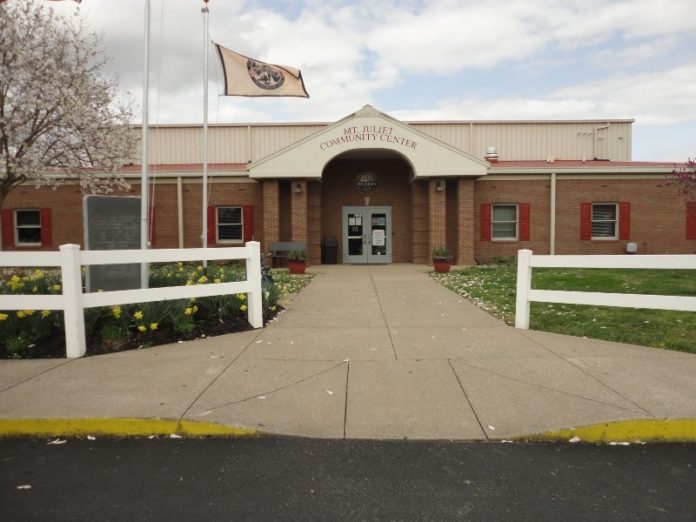
Middle Tennessee has continued to grow even through the pandemic. According to 2020 Census Bureau data, about 35 people a day are moving into the Nashville MSA. While that is down from 2015 when the number was twice that, educational opportunities, the quality of life and jobs continue to draw people from all over the country. The top four fastest growing counties in the state can be found in Middle Tennessee according to stacker.com.
Drive down any freeway in the area and many license plates can be seen from New York and California, however, according to stacker.com Florida is the state contributing the most new residents to the state. Florida is followed by Texas and North Carolina. Rounding out the top five are Georgia and Mississippi. California comes in sixth and New York comes in 10th on the listing.
While people are moving to Middle Tennessee, the migration is not predominantly to Nashville. As a matter of fact, over the last 10 years Nashville has netted a population loss. Instead, new residents are moving to outlying counties.
The fastest growing county in the state is also the smallest, that being Trousdale County. The county was formed in 1870 from parts of four other counties, Wilson to the south, Sumner to the west, Macon to the north and Smith to the east. It is named after former Tennessee Governor William Trousdale who was also a General during the Mexican-American War and served as United States Ambassador to Brazil in the mid-1800s. The county seat is Hartsville, which acts as a metropolitan government. Beech Grove and Shady Grove are unincorporated areas within the county. Still filled with rural scenic beauty and the Cumberland River flowing through it, there are lots of opportunities for hiking, fishing, boating, kayaking, and canoeing. It is about an hour drive to Nashville from the county seat.
Following Trousdale County is Williamson County. Part of the Nashville MSA, Williamson County is drawing many of the new residents moving into the area from out of state. While housing prices in the county seem high to those in the state, those coming from other parts of the country are finding them a bargain. According to redfin.com, the average out-of-towner moving to Nashville in 2021 had $736,900 to spend on a home, 28.5% higher than the $573,400 average budget for local buyers. That’s the biggest gap among the cities included in this analysis. While Brentwood and Franklin are the main draws, the rural areas and smaller cities – like Nolensville and Thompson’s Station — are also seeing record growth.
Rutherford County comes next. Like Williamson County, the school system has high rankings and the area offers an excellent quality of life. While the county is seeing the rising cost of home costs and apartment rents like the rest of the Nashville MSA, home prices on the average are less than either Nashville or Williamson County. Home to the geographic center of the state, Rutherford County boasts access to 50% of the U.S. market within 650 miles or a two-day trucking distance and a two-hour flight to about 75% of the country making it a logistics hub for many companies, and the home to Nissan North American, General Mills/Pillsbury, Bridgestone, Amazon and Verizon.
Wilson County comes in fourth. Known throughout the state for their massive annual County Fair and the beautiful Cedars of Lebanon State Park, the three main cities are Lebanon, Mount Juliet and Watertown. A lot of mixed-use development has emerged in Lebanon and Mt. Juliet, offering a contemporary blend of business, living, shopping and entertainment, while Watertown remains quaint with a historic central square. It is the home of Cumberland University, and the headquarters of Cracker Barrel Old Country Store, TRW and Hartmann Luggage.
Maury County and Sumner County come in 6th and 7th on the list, respectively. Like the other counties on this list, they are working to keep the culture and hometown feel that draws people to them, while adapting to the modern way of life and the influx of new people.
















